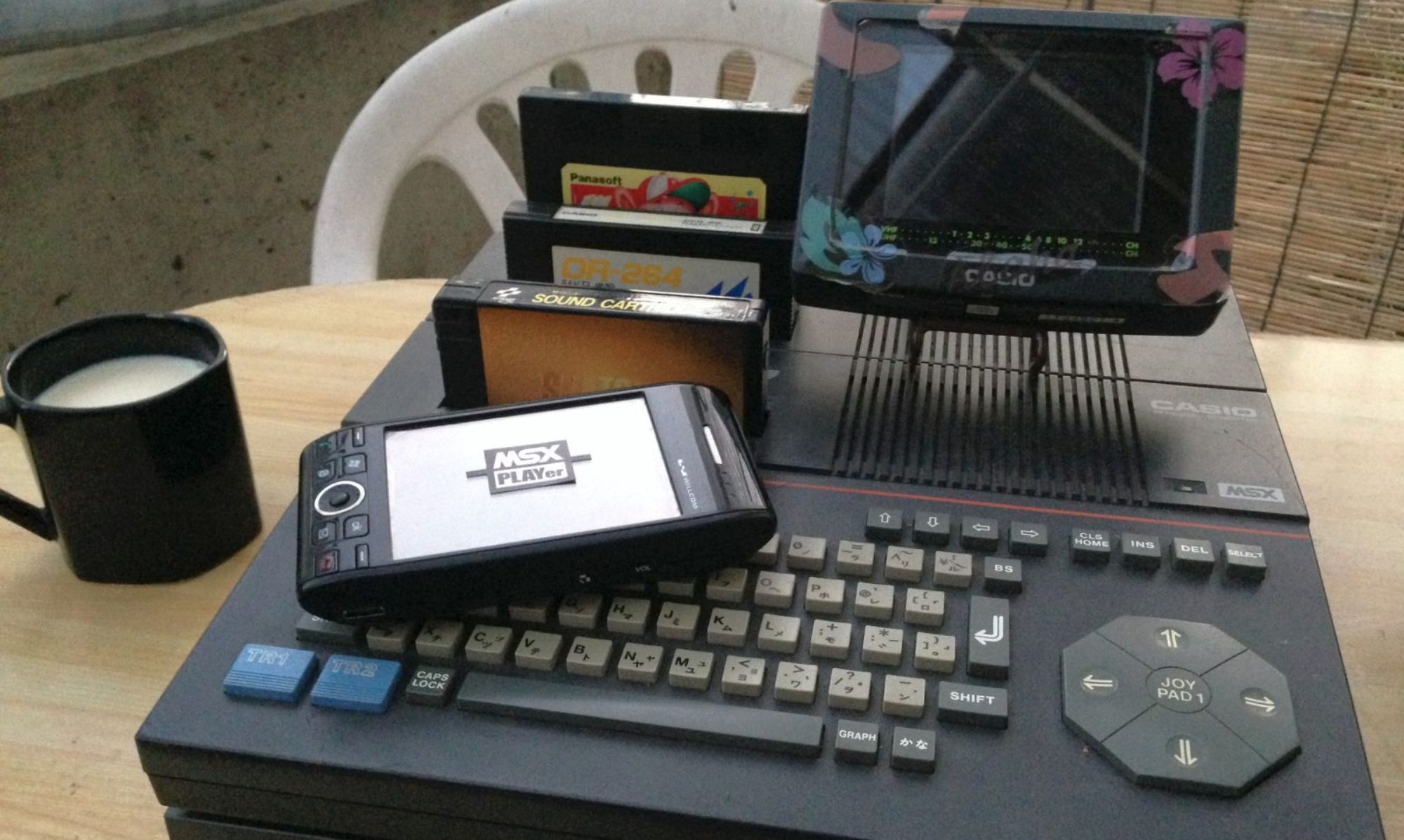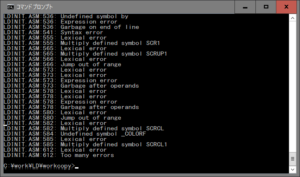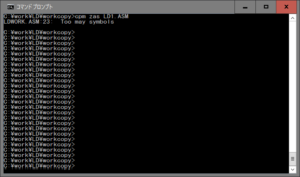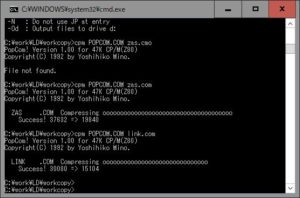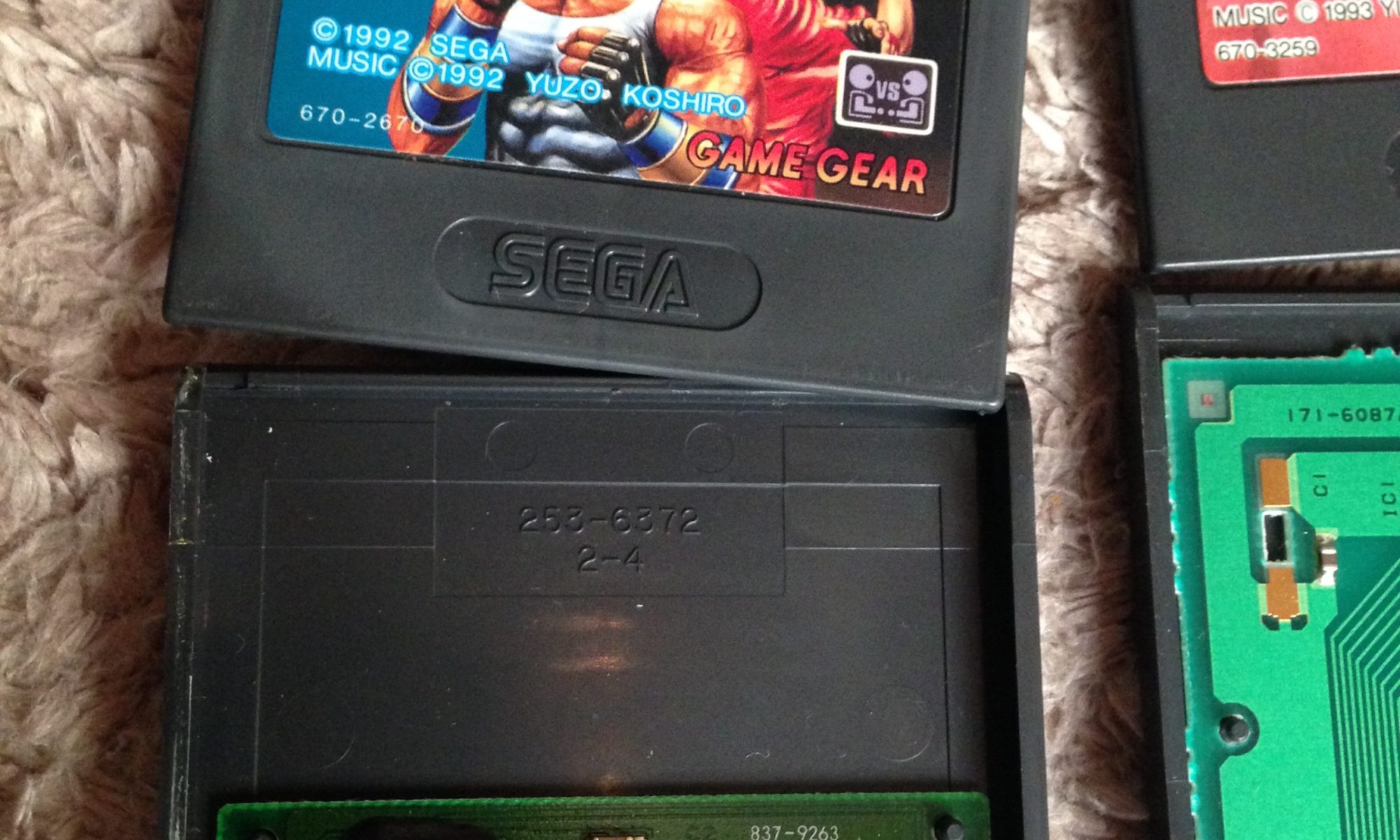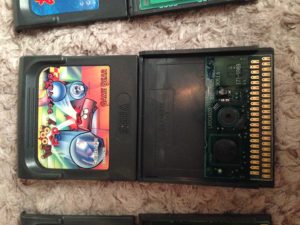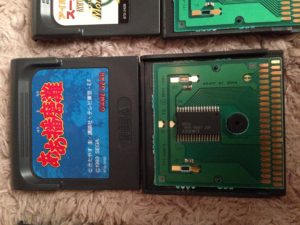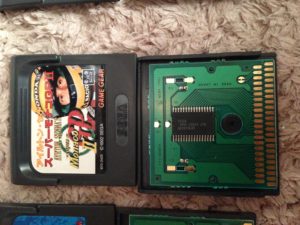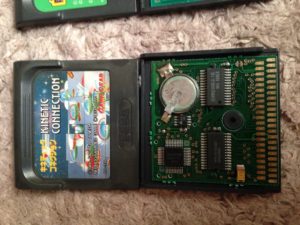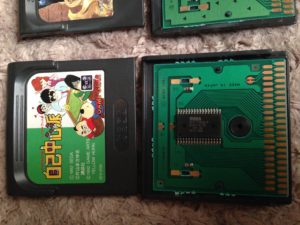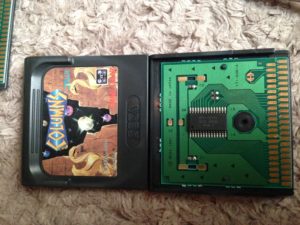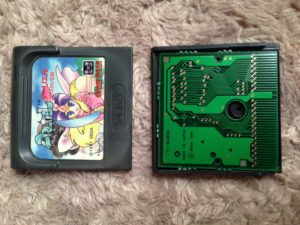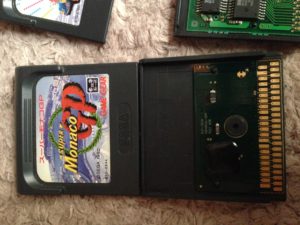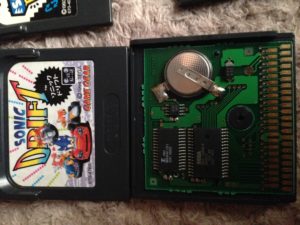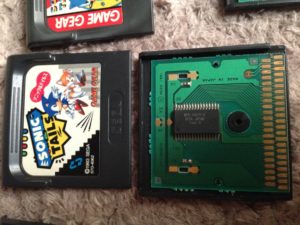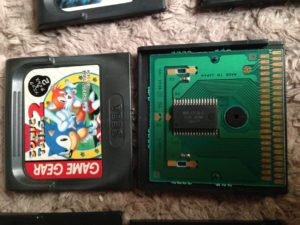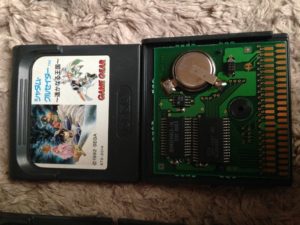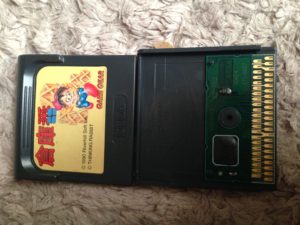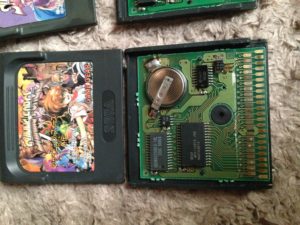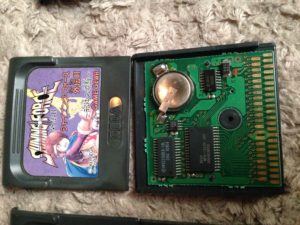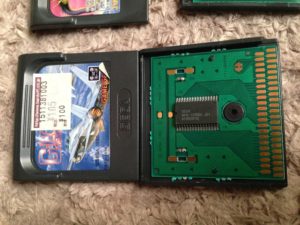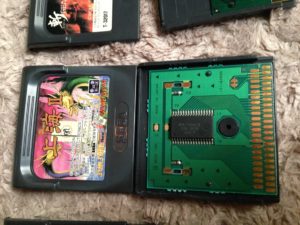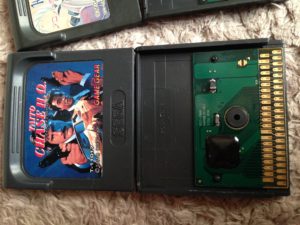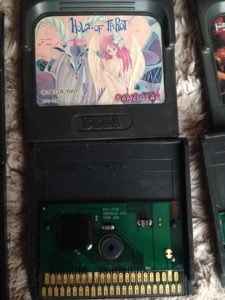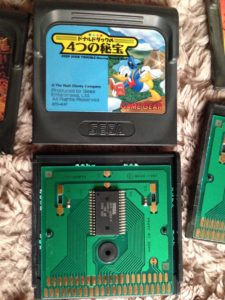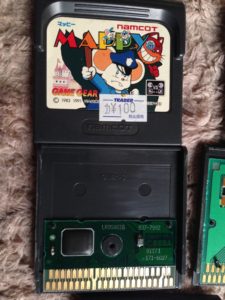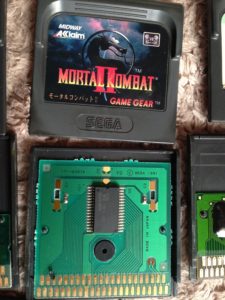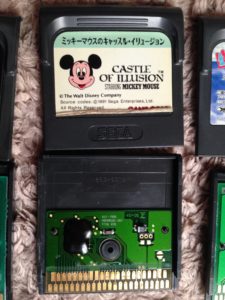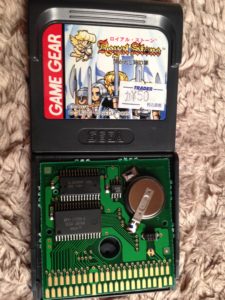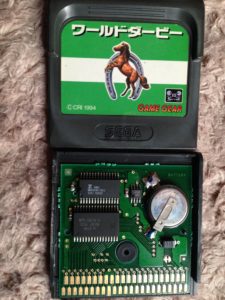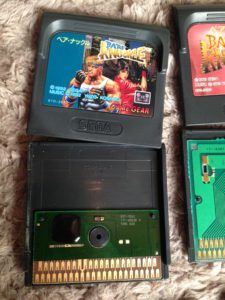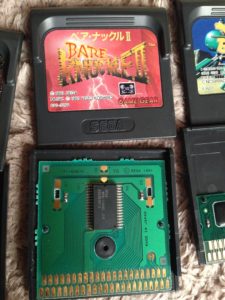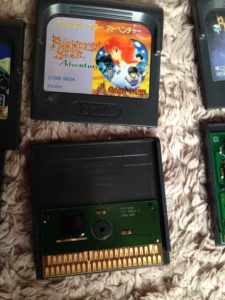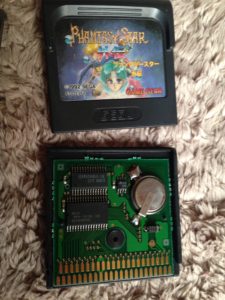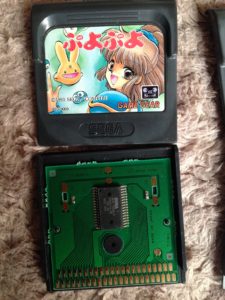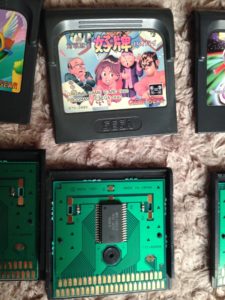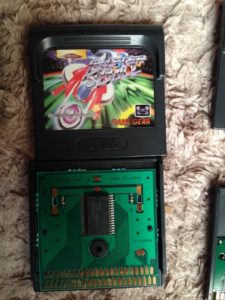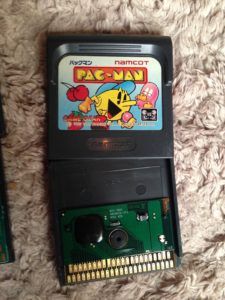Now I am working on translating NRTDRV manuals.
NRTDRV is originally aimed and developed for Sharp “X1” series computers, which has OPM sound board option was very popular. Highest models of “X1turboZ” has OPM inside and as default. These models were released almost same time as X68000 series, which has OPM as well.
NRTDRV developed in 2009, and is not old software at the time of real X1, ’83-around ’89. MML compiler runs on Windows and supports USB-connected hardware chiptune players as well.
NRTDRV is OPM(max. 2 chips) + PSG music driver on Sharp X1 series PCs and ported fine to MSX with SFG-01/05, especially for YAMAHA’s line ups.
Note, it is important that NRTDRV supports SFG-01 and SFG-05 for MSX, in addition to that, double cartridges of that.
Remember, YAMAHA’s OPM(and successor) have been almost vanished options and supported with only few softwares developed by YAMAHA, and it is difficult to get.
There are many FM sound related replayers which has origin in Japanese 80’s PCs.
NRTDRV official support replayers are “hoot”, “ASLPLAY(CLI)”, “nrdplay” and “MDPlayer”. Many of them supports other sound chips other than OPM and PSG. I want these tools get more popularity among retro sound geeks abroad as well.
I am checking NRTDRV related tools whether English mode available or not. I shall translate and make some patches if there are no support in English.
Slowly but step by step, translation is prepared. Let us play with it!!
